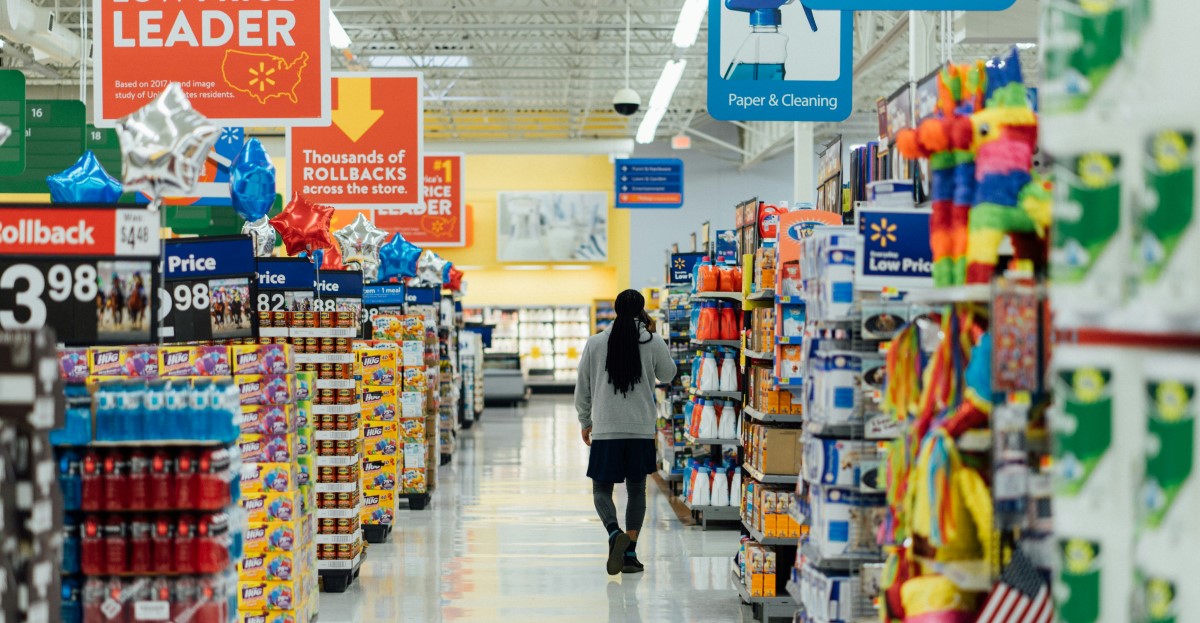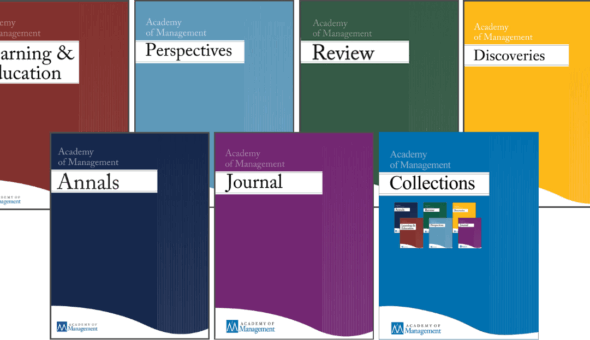Retail forecasting relies on highly complex calculations but, as Professor Fotios Petropoulos explains, there are ways of simplifying models without sacrificing accuracy.
The environmental impact of computing can be vast – particularly when artificial intelligence such as machine learning is incorporated. The energy used by data centres worldwide is doubling every four years. Training just one large language model (LLM) generates as many carbon dioxide emissions as 125 round-trip flights from New York to Beijing.
But carrying out large-scale calculations is vital in fields such as retail forecasting. For a major chain like Tesco, just one store might carry up to 200,000 different products. With around 3,000 stores of varying sizes across the UK, that’s a lot of stock to keep on top of demand for – and a lot of computing power required in order to do so.
How can these demands be reduced to minimise CO2 emissions? My research has identified three ways in which forecasting models can be simplified: by using suboptimal choices of models and parameters, and by updating these choices less frequently.
Combining these elements can enable forecasters to significantly cut their computational costs while having relatively minimal impacts upon accuracy.
Suboptimal models
To ensure that a forecast is as accurate as possible, it needs to be based on the most appropriate model for the circumstance. But how many models is it necessary to test to identify the right one?
In some cases, testing all potential options could mean checking as many as 30 separate models. However, our research found that testing out much smaller selections – even as few as eight out of 30 models – produced data that in some cases was even more accurate that before, while taking 70% less time to compute.
Suboptimal parameters
In addition to the optimal choice of model, accepted wisdom would again suggest that the parameters used to produce a forecast should be ideal – but this is an impossible task. After all, we can only identify parameters based on past data, with no guarantees for the future.
As such, why not use ‘good’, quicker-to-estimate parameters rather than ‘best’ ones, which may call for greatly increased computational time and power?
How far parameters can reasonably diverge from optimal ones does, of course, call for case-by-case judgement. But our research identified that this trade-off is entirely feasible – reducing computing time by 50-90% – without forecast accuracy suffering to a corresponding degree.
Infrequent updating
How often do models really need updating to remain accurate? And does the choice of model need to be re-assessed every time, in addition to the parameters?
Our research examined the impact of doing so at various frequencies, from every use to just once per year. While – as expected – computational load does fall along with the frequency of updates, the accuracy of the results does not suffer accordingly.
With many retailers relying on cloud computing to produce their forecasts, applying these shortcuts could save not just processing power but also money.
In fact, using a reduced, suboptimal set of models as outlined here could potentially save a retail chain more than $1,000,000 per year. What’s more, it could reduce their carbon footprint by the equivalent of the carbon dioxide absorbed by over 3.2 million trees.
As the saying goes, ‘perfect is the enemy of good’ – a motto retailers could do well to bear in mind when considering the compromises they’re willing to make to ensure that their forecasts don’t cost the earth.
Respond



